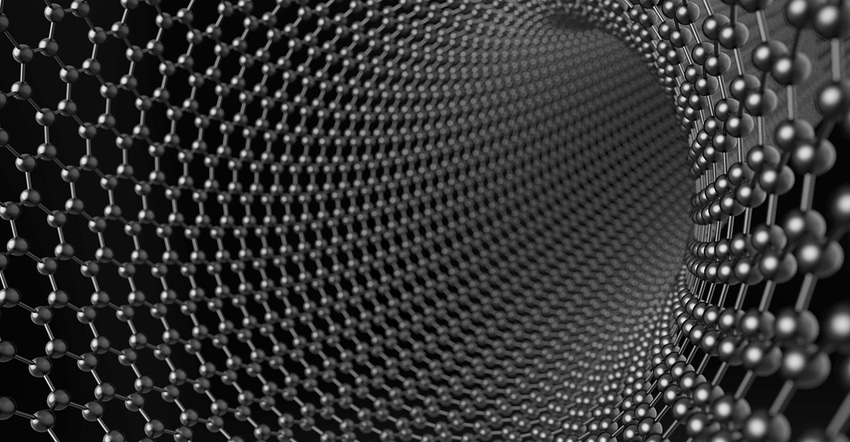Graphene Nanotubes in Silicone Power Advances in Medical Electronics
Improved properties may come at a reduced cost.
September 1, 2021

Medical electronics is booming, especially in the form of wearables, which are projected to reach $18 billion in revenue by 2024, according to Statista. In addition to being conductive, the materials used for medical wearable devices also must be elastic, soft, and comfortable for the user. Silicone is a prime candidate, but its insulation properties are an impediment, according to global nanotechnology company OCSiAI. Integrating conductive additives such as carbon black, metal fillers, or carbon fibers has a significant impact on silicone’s flexibility, hardness, processing, purity, and overall pricing. A material developed by a Chinese compounder incorporating graphene nanotubes reportedly offers a solution.
The material fulfills specific requirements for the production of flexible electrodes and sensors made of silicone rubber, according to OCSiAI. Introducing graphene nanotubes into the silicone makes it possible to combine a volume electrical resistivity below 10^2 Ω∙cm with low hardness and high elasticity. The silicone compound does not leave marks on contact with skin, and it is produced without the dust that is typical when carbon black is used as a conductive additive.
A development that has already hit the market is an electronic impulse massage device. Graphene nanotubes were introduced into the heat-cured rubber silicone, giving the rubber volume resistance of <300 Ω with no carbon release to the surface while maintaining mechanical properties, including softness.
“Graphene nanotubes have a greater length-to-width ratio than any other material. Together with their super-conductivity and strength, this allows nanotubes to form electrically conductive 3D networks inside elastomers,” said Ekaterina Gorbunova, Development and Support Leader for Elastomers, Vice President, OCSiAl Group. “The 0.01% working dosage, which is tens or even hundreds of times lower than that of other additives, is the key advantage of Tuball graphene nanotubes. Our partners can now manufacture flexible, soft, but conductive silicone compounds at a reduced price.” Gorbunova cites, as one example, a recently launched cyber hand prosthetic. The cost for touchscreen-use functionality was reduced by 10 to 15 times thanks to conductive silicone fingertips with graphene nanotubes.
The world’s largest producer of graphene nanotubes, OCSiAl operates research facilities at its headquarters in Luxembourg as well as Novosibirsk, Russia, and Shanghai. Some 20 environmental and health studies of its Tuball nanotubes have been conducted and shown no skin irritation, potential for skin sensitization, or acute dermal toxicity. They are approved for large-scale commercialization by the chemical authorities of Europe and the United States, according to OCSiAl.
About the Author(s)
You May Also Like


